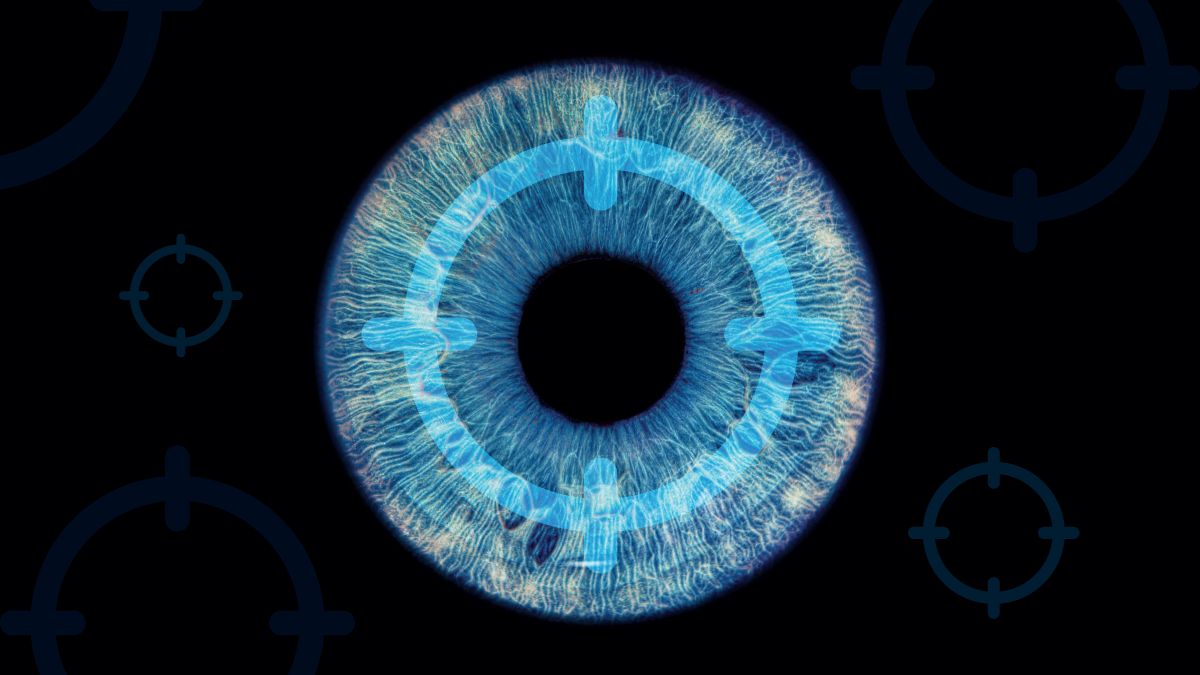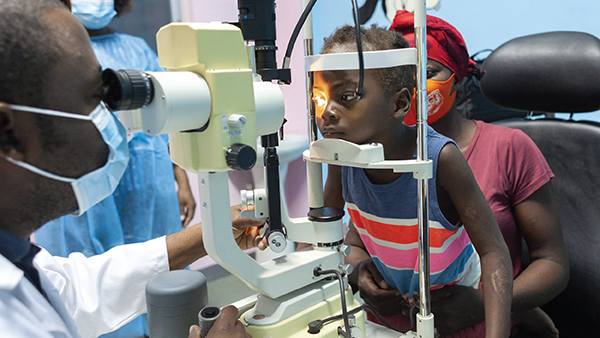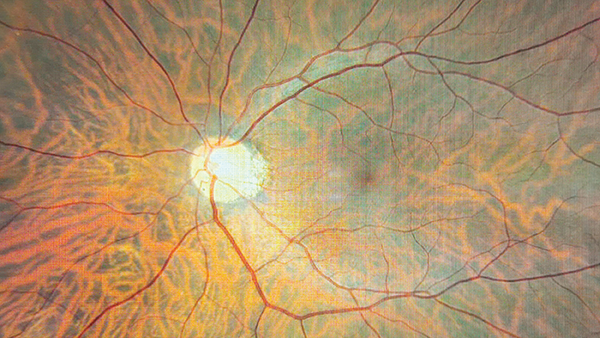The Blue-Eyed Monster
Could certain eye colors be linked to a higher risk of developing uveal melanoma?
A recent Ophthalmology study has revealed that genetic variations in the HERC2 gene – particularly the SNP rs12913832 genotype found in blue-eyed patients – could be linked to a higher risk of developing uveal melanoma (UM; a rare cancer already known to disproportionately affect those with light eyes and fair skin).
Analyzing DNA from a cohort of 392 UM patients, researchers from the Leiden University Medical Center, The Netherlands, found that patients with blue eyes – as determined by their G/G genotype of rs12913832 – had worse survival outcomes when compared with brown-eyed patients.
Their research highlighted that the G/G genotype was strongly correlated with these patients having more high-risk tumors – specifically tumors with monosomy 3, a chromosome abnormality that is linked to increased metastasis and poor prognosis. Interestingly, patients with the G/A or A/A genotypes – more commonly associated with brown eyes – had better overall survival rates and fewer recorded cases of tumors.
Though the HERC2 gene is known for influencing pigmentation through its relationship with the OCA2 gene, this study suggests that the genetic factors determining eye color may also influence tumor characteristics and survival in UM patients.
Notably, once the analysis included monosomy 3 in the survival model, the rs12913832 genotype was no longer an independent predictor of survival, which indicates that the presence of monosomy 3, rather than simply eye color alone, could be the primary driver of survival outcomes in these patients.
In their paper, the authors admit that they do not yet know “if and how G/G genotype of rs12913832 (HERC2) and monosomy 3 could be related to each other.” But their current findings do underscore the importance of genetic factors in understanding the development and progression of UM, while also offering new potential pathways for personalized treatment strategies based on these genetic risk factors.
The New Optometrist Newsletter
Permission Statement
By opting-in, you agree to receive email communications from The New Optometrist. You will stay up-to-date with optometry content, news, events and sponsors information.
You can view our privacy policy here
Sign up to The New Optometrist Updates
Permission Statement
By opting-in, you agree to receive email communications from The New Optometrist. You will stay up-to-date with optometry content, news, events and sponsors information.
You can view our privacy policy here
Sign up to The New Optometrist Updates
Permission Statement
By opting-in, you agree to receive email communications from The New Optometrist. You will stay up-to-date with optometry content, news, events and sponsors information.
You can view our privacy policy here









